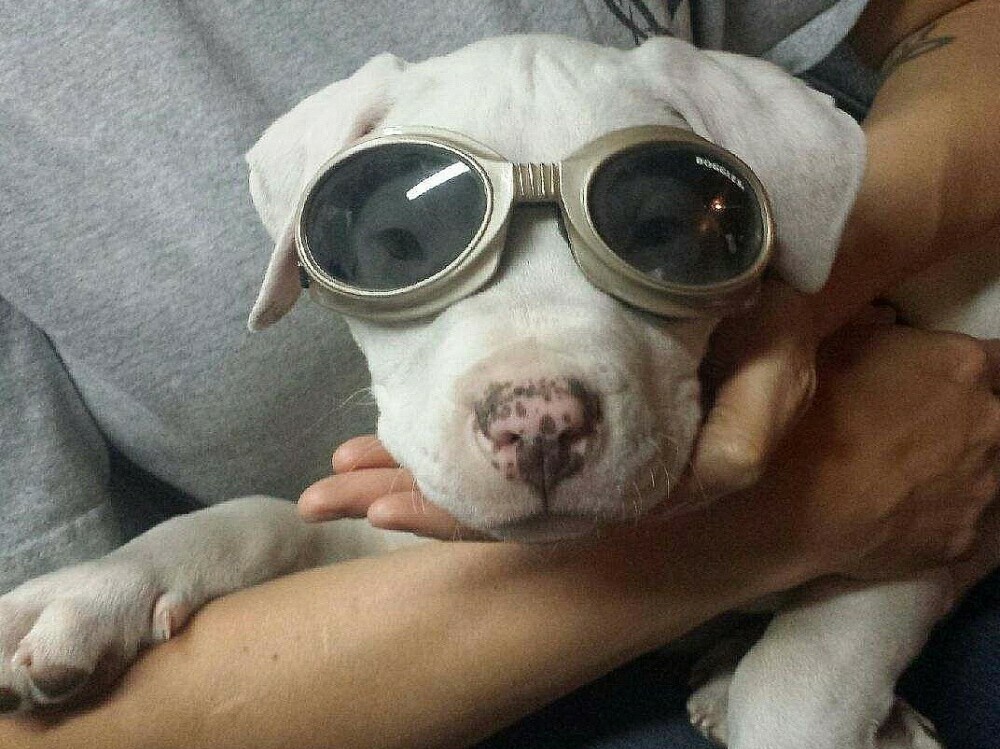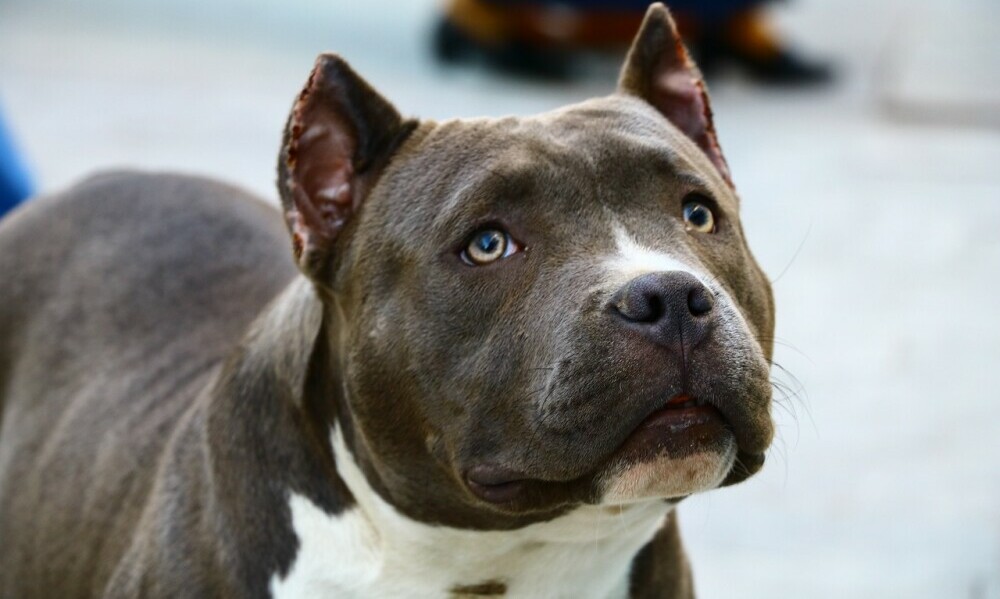The Importance Of Pit Bull Education And Awareness
 I often hear misconceptions about pit bulls that are rooted in fear and misunderstanding. It’s vital to start with the basics: pit bulls aren’t a breed but a term used to describe several breeds with similar traits. The confusion starts here, leading to a host of myths that don’t hold up under scrutiny.
I often hear misconceptions about pit bulls that are rooted in fear and misunderstanding. It’s vital to start with the basics: pit bulls aren’t a breed but a term used to describe several breeds with similar traits. The confusion starts here, leading to a host of myths that don’t hold up under scrutiny.
Let’s take a historical look at these dogs. Pit bull-type breeds include the American Pit Bull Terrier, American Staffordshire Terrier, Staffordshire Bull Terrier, and sometimes the American Bulldog. These breeds share a common history as working dogs, which has contributed to their strong build and determination. Understanding this helps explain some behavioral traits but also emphasizes the injustice in judging an individual dog solely by its breed’s past.
Many people still believe that pit bulls are inherently aggressive, particularly towards humans. However, studies, such as the American Temperament Test Society’s evaluations, consistently show that pit bulls often score as well, if not better than, other popular breeds in terms of friendliness and stability. Education is crucial in altering these unfounded biases and showcasing the true nature of pit bulls.
The main takeaway here is simple: EDUCATE yourself before forming opinions. A dog’s behavior is more influenced by upbringing, training, and individual personality than by breed. Sharing objective, evidence-based information can help reshape the dialogue around pit bulls and allow for a better-informed public opinion.
The Role of Responsible Ownership in Pit bull Education
 To reshape the narrative around pit bulls, I believe that it starts at the individual level with responsible pet ownership. Owning a pit bull is a serious commitment, not to be taken on without proper consideration and preparation. It’s vital for potential owners to do their homework, understanding not just the breed’s needs, but also the stigma they may face and how that affects their responsibilities.
To reshape the narrative around pit bulls, I believe that it starts at the individual level with responsible pet ownership. Owning a pit bull is a serious commitment, not to be taken on without proper consideration and preparation. It’s vital for potential owners to do their homework, understanding not just the breed’s needs, but also the stigma they may face and how that affects their responsibilities.
Early socialization and training play a critical role in a pit bull’s life. Introducing the dog to a variety of people, pets, and environments early on helps them become well-adjusted adults. Consistent training based on positive reinforcement not only fosters obedience but can also serve as an engaging way for pit bulls to channel their energy and intelligence.
Moreover, as owners, we become ambassadors for the breed. The behavior of our dogs often forms the basis of other people’s attitudes toward pit bulls. By ensuring our dogs are well-behaved and polite in public spaces, it can positively influence perceptions and demonstrate the breed’s potential for gentleness and loyalty.
It’s also important to stress that owning a pit bull comes with legal responsibilities. Owners need to be aware of their local laws, including leash laws and housing policies. Compliance is key, not only for the well being of the pet and community but also for setting a precedent as a diligent and law-abiding pit bull owner.
This approach feeds directly into pit bull awareness in the broader community. By illustrating through action that pit bulls can and are integral, positive parts of their communities, we pave the way for their acceptance. Learning about the real pit bull temperament through firsthand experience can be powerful for neighbors and other members of the public who may only know the breed from negative media portrayals.
Pit bull Awareness and Community Impact
 Pit bulls often suffer from a reputation they don’t deserve. One of the most significant steps to alter this perception lies in fostering positive community interactions. Positive experiences with well-behaved pit bulls can dismantle ingrained prejudices. Acts as simple as pit bull walking groups can engender neighborhood familiarity and acceptance.
Pit bulls often suffer from a reputation they don’t deserve. One of the most significant steps to alter this perception lies in fostering positive community interactions. Positive experiences with well-behaved pit bulls can dismantle ingrained prejudices. Acts as simple as pit bull walking groups can engender neighborhood familiarity and acceptance.
Evidence abounds of pit bulls serving as service and therapy dogs. Their stories, rarely spotlighted, need a platform. These narratives highlight the breed’s potential for gentleness and reliability, which helps counter negative stereotypes.
Media portrayal significantly sways public opinion. When the media chooses to feature pit bulls in a negative light, it reinforces fear and misunderstanding. Conversely, positive media stories promoting the breed’s capability for companionship and service can reshape public attitudes.
Engagement through community programs can also lead to greater breed acceptance. For example, ‘Read with a Pit bull’ library days where children practice reading to a calm pit bull, not only aid in literacy but also teach compassion and debunk myths surrounding the breed.
Bringing these efforts together, you see a tapestry of initiatives weaving a new pattern of perception. Community engagement, advocacy, and responsible ownership build a foundation for pit bull acceptance—ushering in an era where these dogs are seen not just as pets, but as instrumental members of society.
Advocacy and Future Perspectives for Pit bulls
 The work to enhance the image and welfare of pit bulls doesn’t end with community programs and responsible ownership. Advocacy plays a pivotal role in the ongoing journey towards greater acceptance and understanding of the breed. Individuals and organizations tirelessly campaign to educate the public, correct misinformation, and promote policies that favor science over stigma.
The work to enhance the image and welfare of pit bulls doesn’t end with community programs and responsible ownership. Advocacy plays a pivotal role in the ongoing journey towards greater acceptance and understanding of the breed. Individuals and organizations tirelessly campaign to educate the public, correct misinformation, and promote policies that favor science over stigma.
One of the current challenges is overcoming breed-specific legislation (BSL) that unfairly targets pit bulls, often due to misconceptions about their nature. Success stories from cities that have lifted BSL underscore the positive effect of replacing such laws with regulations that focus on individual dog behavior, regardless of breed.
There’s also a need for more comprehensive research into the behavioral patterns of pit bulls to further dispel myths. This research should be of high quality, peer-reviewed, and widely disseminated to ensure it reaches a broad audience, from policymakers to potential pit bull owners, shaping better-informed opinions and decisions about the breed.
Finally, it’s essential to guide future generations to approach pit bulls, and indeed all dog breeds, with respect and understanding. Educational programs, particularly those targeting young people, can foster early appreciation for these animals and teach the importance of empathy and proper care for all pets.
The love and loyalty of a pit bull can be as profound as that of any other dog breed, and with sustained effort, I hope for a future where this is universally recognized. By committing to education, advocacy, and research, we can collectively ensure that pit bulls are given the fair treatment and loving homes they deserve.

Bj
Such cute dogs!!!!
admin
the pictures of the white pitbull and mastiff are pics of my dogs. Thanks for reading!